The scale is not large, the rituals are not elaborate, but the rain-praying ceremony of the Lo Lo people in Bao Lam and Bao Lac districts is conducted thoughtfully, solemnly, and imbued with a distinctive cultural identity. Through the ceremony, it shows the profound human values of the Lo Lo people in terms of life concepts; social relationships, communities, villages; the art of performing unique cultural values... of the Lo Lo people.
Human concept of "all things have spirit"
The Lo Lo people in Cao Bang rely mainly on nature for their agricultural practices. Therefore, with the concept of “all things have animism”, they believe that all activities in daily life are controlled by a supernatural force, which is the gods. One of those gods is the god of rain. Therefore, the rain-praying ritual was born and is still preserved by the Lo Lo people today.
In the relationship between humans and the natural world , based on polytheism, the spiritual life of the Lo Lo people always turns towards the sublime, sacred thing that is worshiped, which is the world of spirits. Rituals in life play an important role in creating a strong belief that the rituals performed will help the community and each family receive the protection of the gods and ancestors to ensure a peaceful, happy life, free from illness, misfortune, natural disasters, droughts, etc.
The rain-praying ceremony reflects and recreates the history and origin of the relationship between nature and humans. Through the rain-praying ceremony, the Lo Lo people express their respect and remember the protection and blessing of the rain god. This is an important ritual in spiritual life, satisfying the spiritual needs of individuals and communities, praying for favorable rain, favorable wind, and good crops, preserved and passed down from generation to generation.
Community Festival
Artisan Ly Van Dung, a Lo Lo ethnic group, Khau Trang hamlet, Hong Tri commune, is very knowledgeable about the traditional culture of the Lo Lo people and is a shaman who directly participates in the rain-praying ceremony. He said: The organization of the rain-praying ceremony cannot be arbitrary. The ceremony is not held every year, but only in years of harsh weather and prolonged drought will the people in the area gather to invite someone to perform the ceremony (the hamlet chief or a prestigious elder in the community). The rain-praying ceremony is held on odd days in the third lunar month. To perform the ceremony, the Lo Lo people go to the shaman's house to choose a good day to organize and invite the shaman to perform the ceremony. After the shaman chooses a good day and time, he will inform everyone to prepare.
For the ceremony to go smoothly, the village chief and elders met with the villagers to discuss the preparations. Each person and each household contributed to buying offerings and performing assigned tasks such as clearing the vacant land for the ceremony, assisting the shaman during the ceremony, and women taking on the cooking after the ceremony...
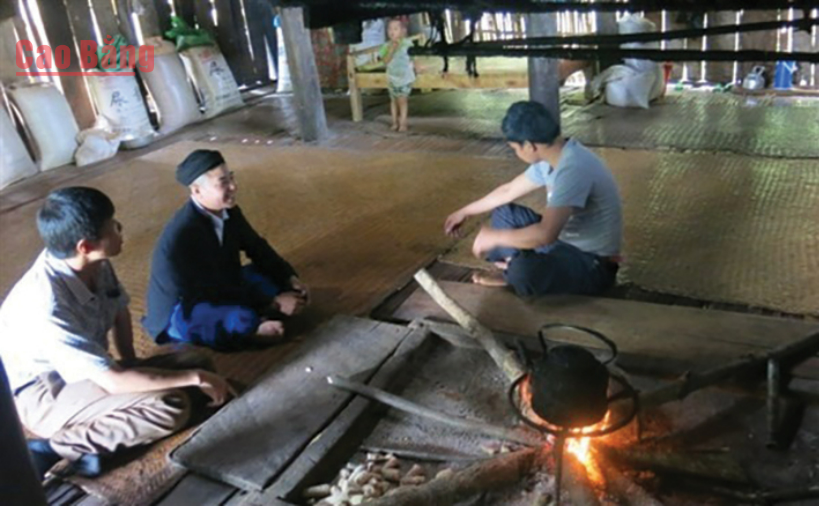
On the day of the rain-praying ceremony, people gather at the ceremony site. The ceremony site is usually a large, high, open space right next to the fields. Offerings include dogs, chickens (still alive), 4 cups of wine, 4 cups of water, candy, fruit, paper, etc. The indispensable musical instruments in the rain-praying ceremony are the bronze drum and the two-stringed fiddle.
The rain-praying ceremony has a ritual part and a festival part. The ritual part is the rituals performed by the shaman with the participation, support and witness of the people at the place of the ceremony. The shaman prays in the Lo Lo language with the content: Today is a good day, a good month, the villagers and the village hold a ceremony to offer many offerings to the gods. I hope the gods will send rain so that the people can sow seeds, plant trees, let the streams flow and fish swim, the forest trees will sprout and grow, the people will grow good rice, grow gourds and squashes, raise fat pigs and pigs, fill the yard with ducks and chickens, fill the barns with rice... the crops will be good, the village will be prosperous and warm. After praying, the shaman will burn the paper at the four corners of the table, sprinkle wine in the four directions to thank heaven and earth.
The festival takes place after the rituals are completed, the villagers gather together to drink wine, prepare food from the offerings and eat together. Beautiful girls and boys in traditional costumes dance special dances, sing soulful folk songs. The women and mothers talk together, share things in life and production.
Ms. Chi Thi Ha, Khuoi Khon hamlet, Kim Cuc commune (Bao Lac) shared: The rain-praying ceremony hopes for favorable rain, wind, good crops, and bountiful harvests, so we eagerly look forward to this day. This is a belief in the spiritual life, connecting the community and sharing good things in the lives of the Lo Lo people.
Unique cultural colors
The rain-praying rituals are a synthesis of the unique cultural colors of the Lo Lo people when combining folk songs, folk dances, folk music, traditional costumes, diverse cuisine ... Among them, the most unique and attractive are the dances on the background music of bronze drums - the bridge between people and gods. The Lo Lo girls are radiantly beautiful, radiant in new dresses, embroidered with colorful patterns, their flexible feet dancing to the rhythm of the drums, sometimes beating rapidly, sometimes rhythmically, gracefully, and uniquely. The folk songs echo in the mountains and forests, recounting the history of the nation's formation, wishing for a bountiful harvest, prosperity, and happiness for the village.
At the rain-praying ceremony, cuisine is also a unique cultural feature with dishes made from familiar ingredients: sticky rice, rice, chicken, pork, fish... prepared by the skillful hands of women to create a very unique flavor. Among them, boiled chicken, hung pork, grilled fish, wild vegetables, banana soup are indispensable. Especially, there is the traditional chi ma cake (sticky rice cake) made from sticky rice flour like fried cake but mixed with powdered leaves of forest trees and sugar, so the color of the cake is dark brown, sweet and fragrant when eaten but not greasy.
Nowadays, under the impact of economy, culture and society, the life of Lo Lo people has changed a lot, agricultural production is no longer completely dependent on nature but people know how to apply technology to production. Therefore, the rain-praying ritual has also changed, integrated, and added new cultural values to suit the development trend. However, the traditional core values of the ritual are still preserved, maintained and promoted by Lo Lo people.
Xuan Lam
Source: https://baocaobang.vn/le-cau-mua-cua-nguoi-lo-lo-den-va-nhung-gia-tri-nhan-van-3170059.html








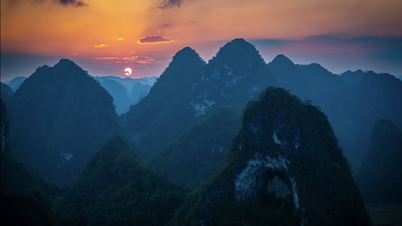

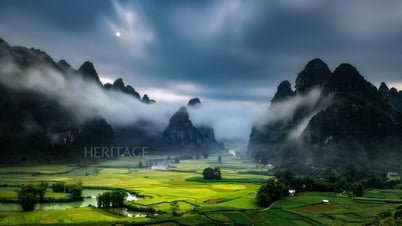
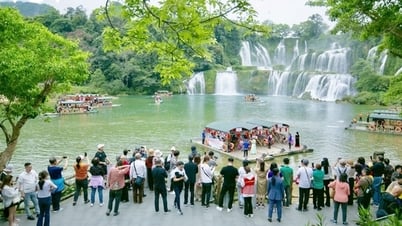

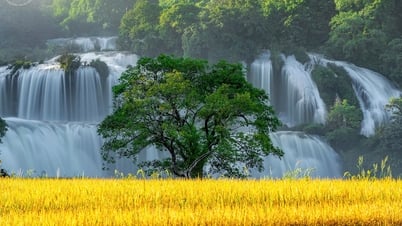

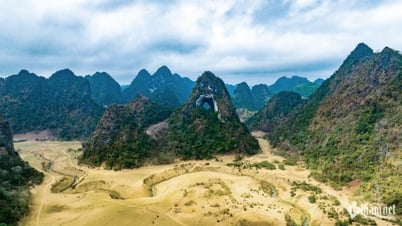

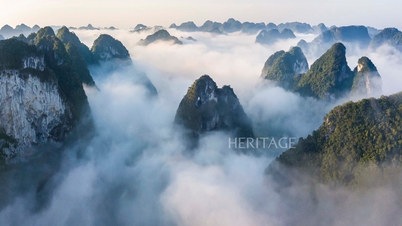




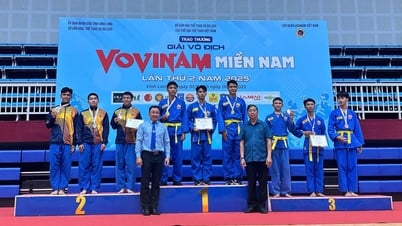

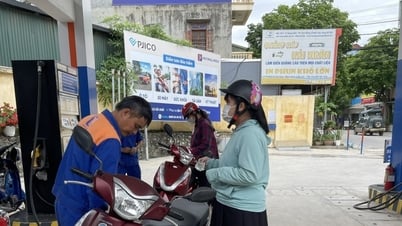







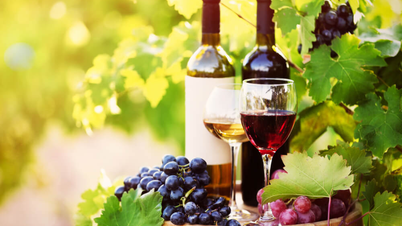




































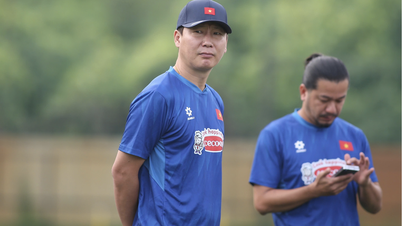



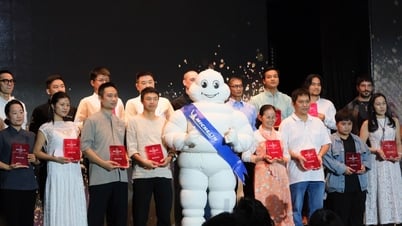
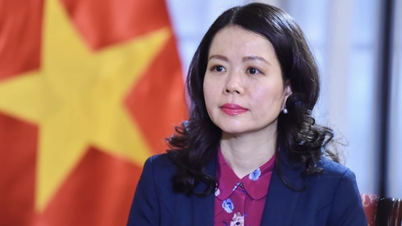







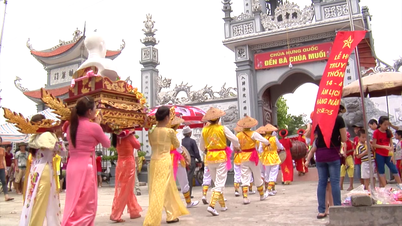



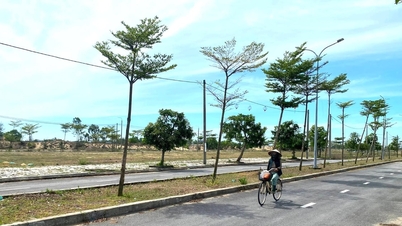

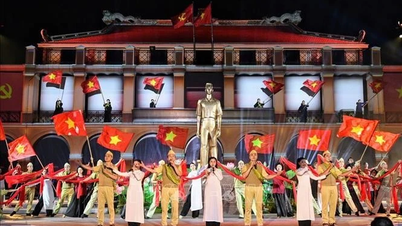

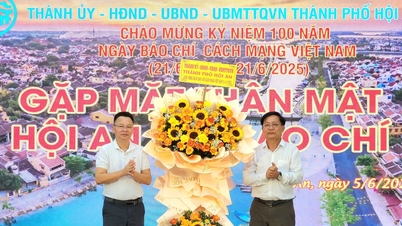
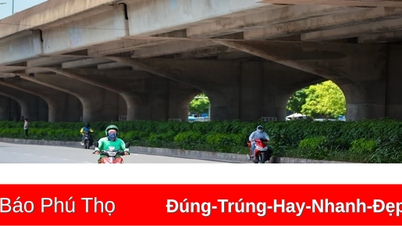










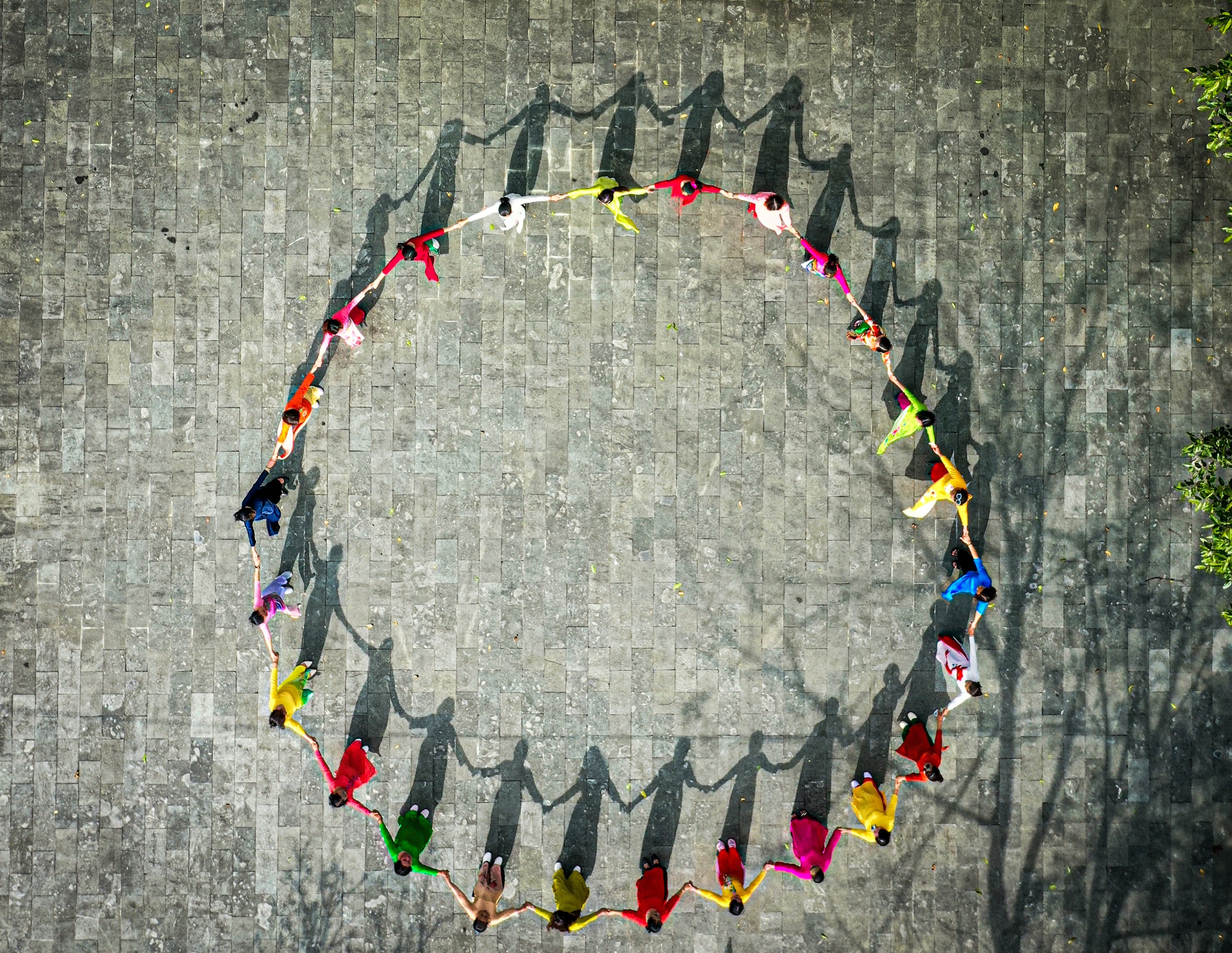
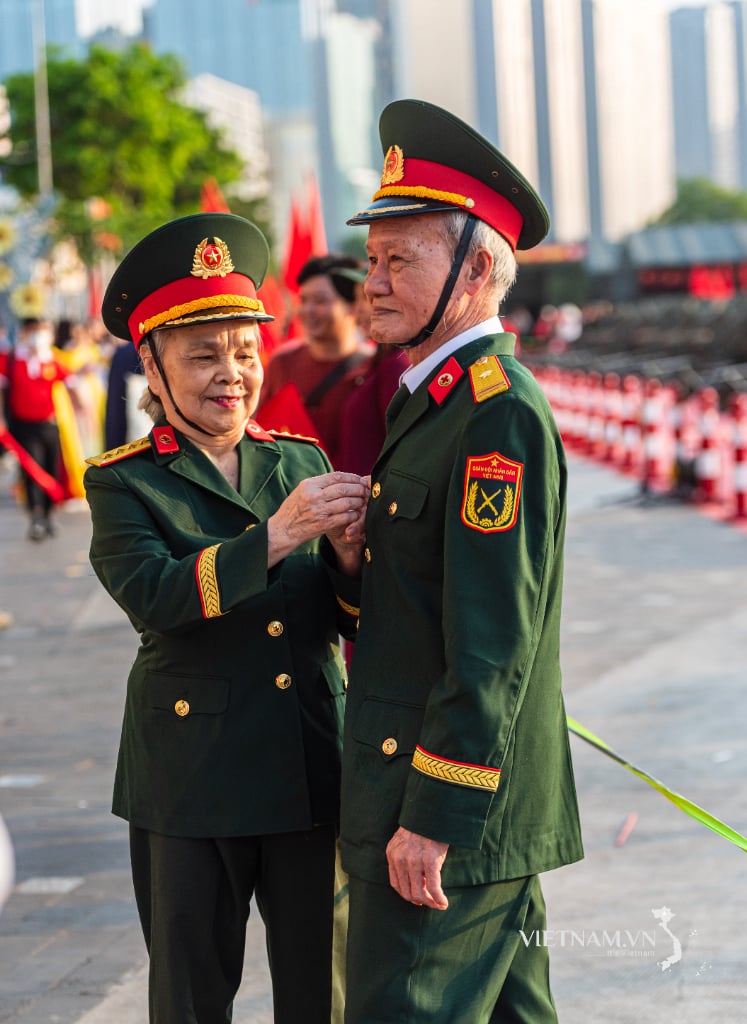

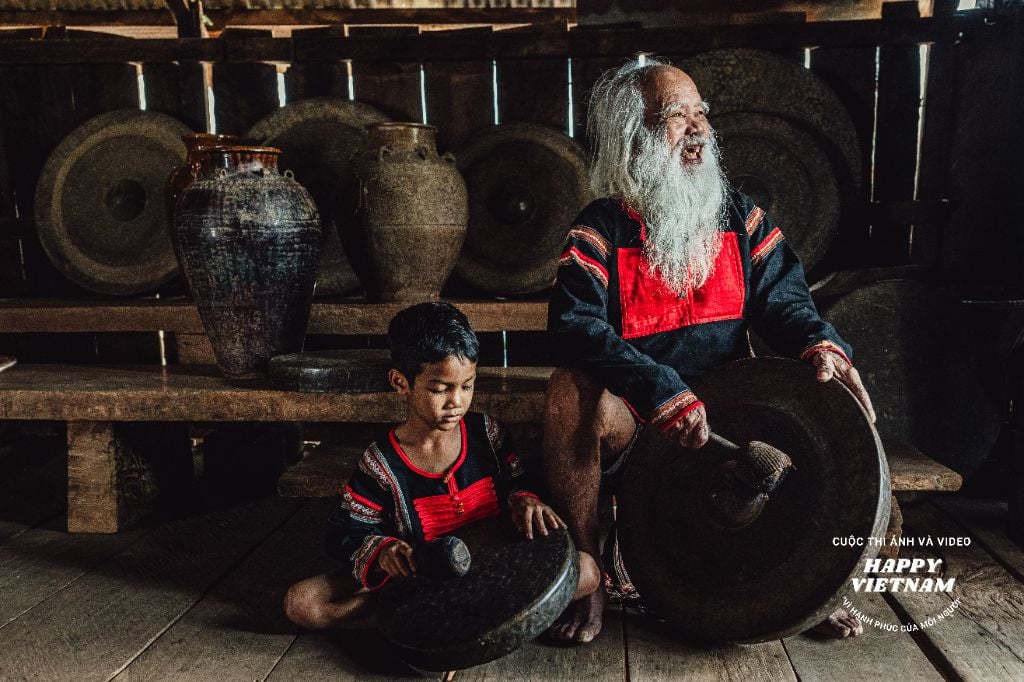
Comment (0)